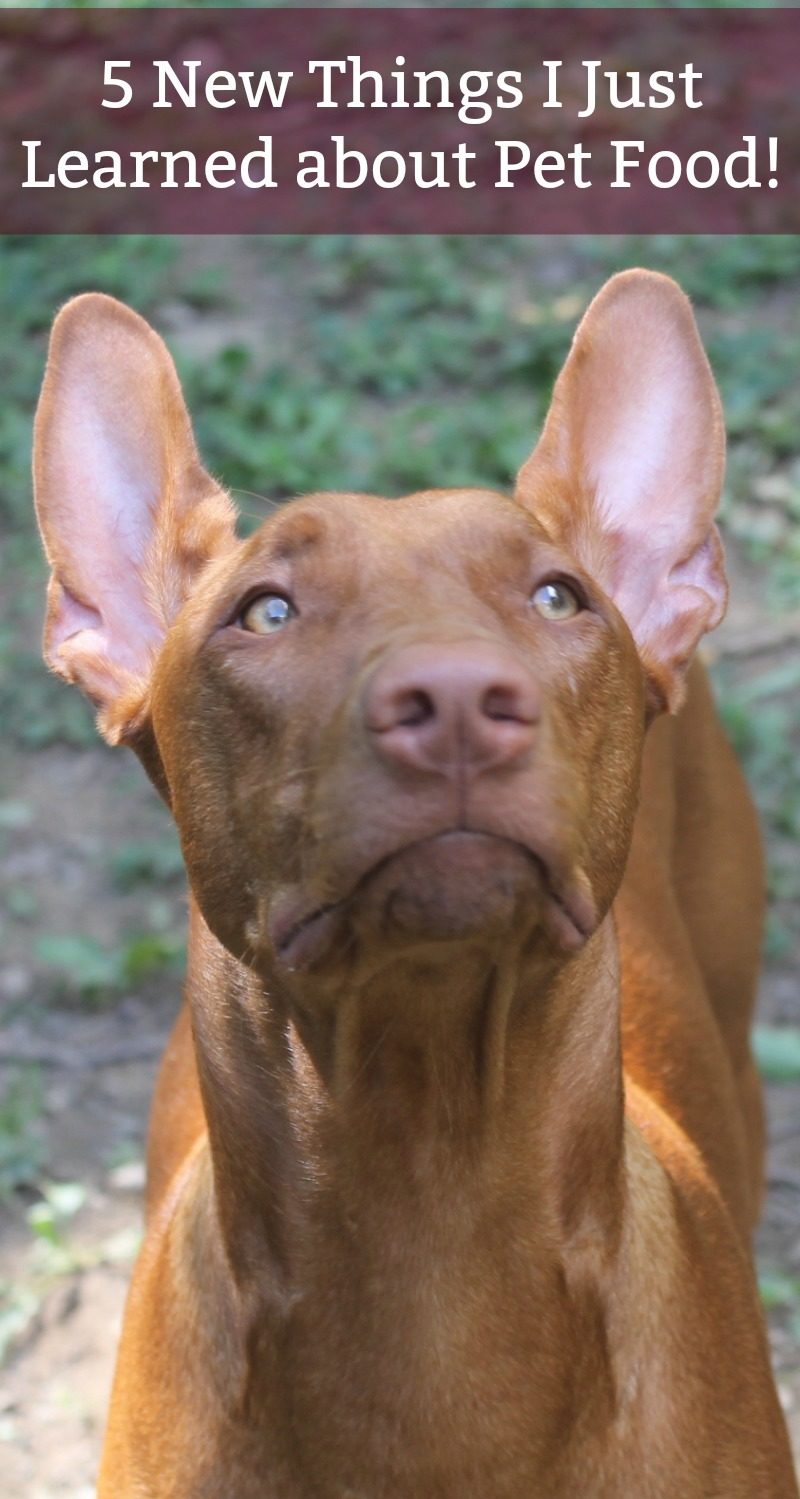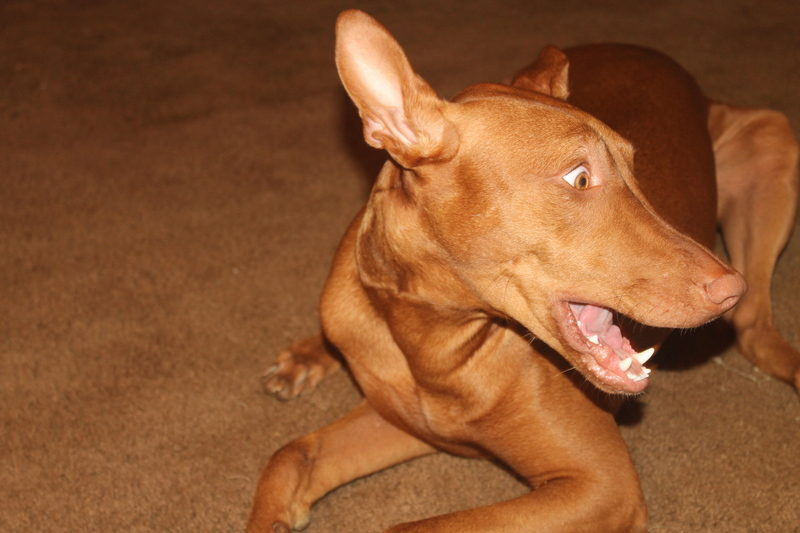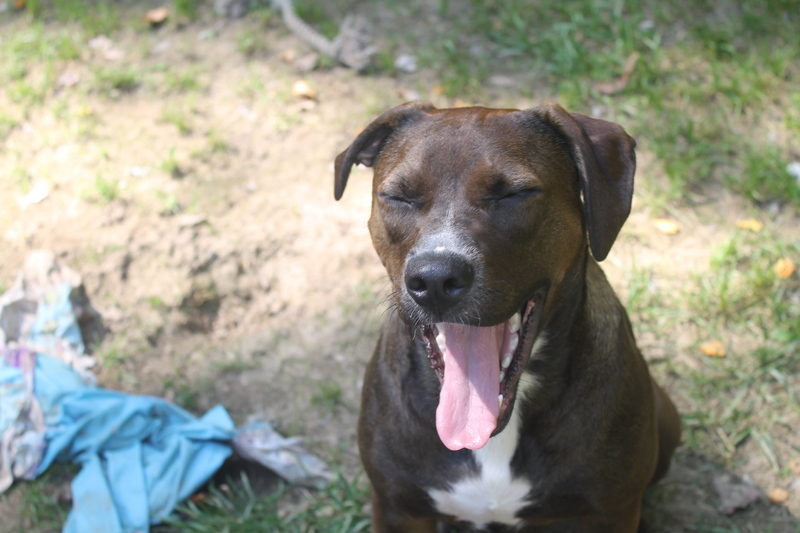About two weeks ago, I had the chance to sit down with Dr. Antin, aka The World’s Hottest Vet, and a few of my fellow bloggers in a Google Hangout. We got to ask him some of our most burning pet food related questions. Find out what I learned!
*This post is sponsored by Purina. All opinions are my own.
I thought I knew pretty much everything I needed to know about pet food. We’ve had dogs for the last 16 years now, and cats for over 20 years. During that time, we’ve done a crazy amount of research into the best ingredients for our pets. I’ve also written countless articles on Pretty Opinionated as well for other sites on the subject. I don’t consider myself an expert, but I do think I’m pretty well-versed on the subject. Still, I have a motto in life: you can never, ever stop learning something new, even if you think you already know it all. That applies to everything from blogging to parenting to pet food! Here’s what I learned from Dr. Antin. Some things are new, others were things that I knew but didn’t quite know WHY I knew them, if that makes sense.
5 Things I Learned from Dr. Antin
1. Freya’s obsession with raw baby carrots is actually good for her.
Freya LOVES raw carrots. I feed them to my guinea pigs (along with other veggies) and Freya stands right next to me the whole time waiting for her baby carrots. We joke that the carrots are good for her sight (which is funny because she’s a sight hound). My mom was a little concerned that they were coming out the other end not totally digested. I asked Dr. Antin if I should be feeding her cooked carrots, and he said that either is fine, but the raw carrots are really the best. Not only are they a low-cal treat that’s she loves, but the crunchiness of the raw carrots helps clean her teeth. If you have a treat hound, carrots (and green beans) are a great way to satisfy their cravings for a little “something, something,” without giving them whole biscuits or high-cal treats every time.
2. Go easy on the table scraps
I think we all know this one already, but with the holidays around the corner, it’s more important than ever. Dr. Antin actually recommended avoiding table scraps entirely. He says, “The great foods we enjoy at our table, especially around the holidays, contain a lot of oils and fats that can lead to health problems in our pets such as diarrhea, vomiting and pancreatitis.” Now, I’ll be honest, we do share table scraps with our dogs in very small amounts. However, we know all of the poisonous foods (onions, garlic, grapes, raisins, chocolate, etc) and if any of those ingredients even touched the plate, we err on the side of caution and skip the scraps. We usually stick to the meats. For example, we give them some of the dark meat from the turkey (no one eats it here) as a special Thanksgiving treat on their food. My mom sets it aside right away, so it never touches any of the other food. If you don’t have a running list in your head (or on your fridge) of everything that’s dangerous for your pets, then it’s probably best to skip the scraps entirely.
3. By-product isn’t always a bad word
Here’s one that surprised me: the word by-product on an ingredient label isn’t always bad. Dr. Antin explains, “Many pet food manufacturers use high-quality by-products – such as beef, chicken or pork that may include hearts, livers, kidneys, lungs and spleens. Cats and dogs in the wild typically eat these organs first because they are highly palatable and nutrient-dense.” I look at all the ingredients as a whole. I prefer to see meat alone as the first ingredient. For example chicken, followed by chicken by-product. I’m just using chicken as an example, my Mocha can’t eat it due to food sensitivities, but you get my point.
4. Be careful with “raw” diets
I’ve done a lot of research on raw diets in the past and came to one conclusion: I can never do enough research or learn enough to ensure that a homemade raw diet will cover all of my dogs’ needs. Now, I’m not saying you can’t go raw and still have a healthy dog. There are people who do understand all of the nutritional requirements and can create a perfectly balanced diet for their pets on their own. I do not feel confident enough to try it. See, raw diets sound great in theory, but if you don’t get it just right, you could be missing vital nutrients. My dogs do love freeze-dried raw kibble and treats, and I feel more confident giving them that because a brand that I trust already did all of the research and work to make sure it’s healthy.
5. Go beyond the ingredient label & really get to know your pet’s food
The ingredient label is definitely important, but it’s just as important to know where those ingredients come from. Over the years, I’ve had the opportunity to work with many wonderful pet food brands. The very first thing I do before I even think about writing a post is check out their About page. I like to know the company’s motivations for creating pet food. What drove them to get into the business? What makes their pet food unique? Where is it made? Do they meet (or better yet, exceed) AAFCO standards? Do they have any major recalls? If so, how did they handle it? A recall isn’t an automatic “out” for me, it depends on why the company recalled the food, how seriously the food was tainted, and what the company did next to ensure that it doesn’t happen again. Bottom line, get to really know where your pet’s food comes from.
One last word of advice: your vet is an invaluable resource of information about what to feed YOUR pet. All cats and dogs have different needs, and aside from you, your vet understands those needs better than anyone. I had a cat with diabetes that couldn’t eat dry food until she went into remission. Another cat hates like 90% of wet food, so a good dry food is essential. My dog Mocha is currently on a “no poultry” diet until we narrow down what is making her so itchy. Freya has a crazy high metabolism because of her level of activity, so she needs to eat differently than Mocha. Like people, dogs have different needs. Like people, a physician who specializes in their needs is the best person to talk to about how to best meet those needs. Makes sense, right?
To learn more about nutrition, quality and the safety of pet food, please visit, www.purina.com/nutrition.
About Dr. Evan Antin

Oh, and FYI, they’re not exaggerating when they call him “The World’s Hottest Vet.” 😀
Did any of these tips surprise you or did you already know most of them? Do you have any other tips to add about pet food? Anything that you’ve learned recently? Share below!






Thanks for the tips on raw diets for your pet. I’ve been seriously thinking about putting my pet on a raw diet but I see there are so many things to consider to make sure he gets all the nutrients he needs.
I can see why he is the world’s hottest vet – he really knows his stuff no way out weirdness. This is excellent information! I’m hoping to have a dog again, after a long time without one, when I move to a place that I can have one.